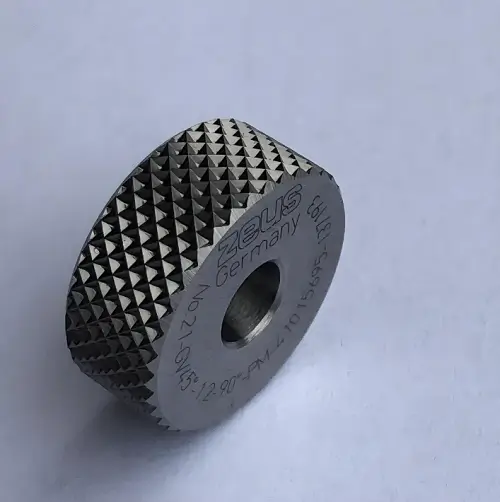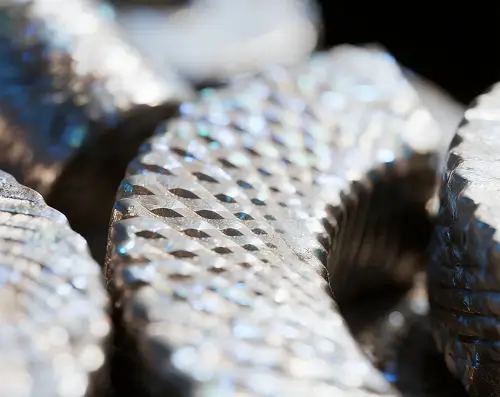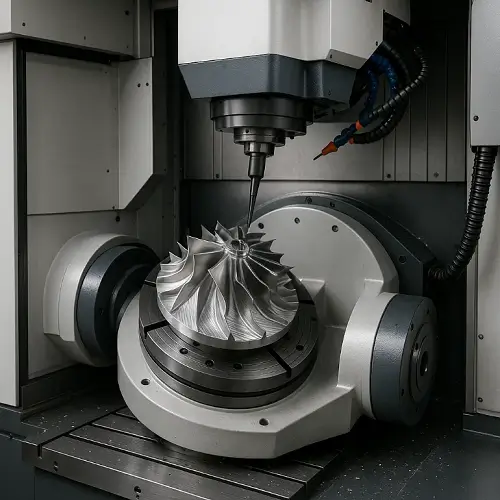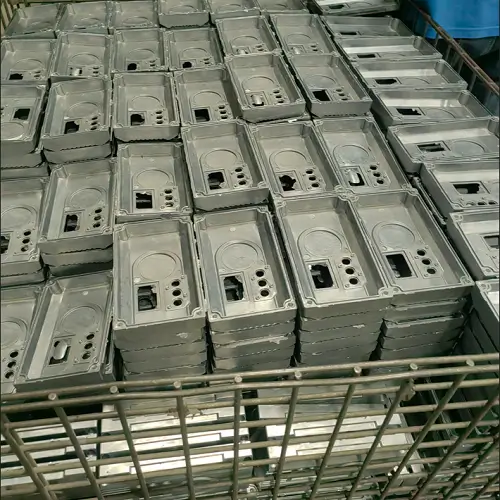Knurling is widely used in precision machining. It forms textures on part surfaces through rolling. Behind each beautiful pattern lies the engineer’s selection of a knurling tool—a device that forms surface textures or geometries without removing material. For buyers, it is important to understand the types, functions, and selection criteria of knurling tools.
This article will explore knurling tools in depth, covering their working principles, major classifications such as forming and cutting tools, commonly used knurling patterns, and their practical applications across industries. We’ll also examine how to select the most suitable knurling tool based on material type, machine setup, and functional requirements—helping engineers and buyers make informed decisions for both prototyping and production scenarios.

What Is a Knurling Tool
A knurling tool is a mechanical device mounted on a lathe or CNC turning center. It uses a knurling wheel to press various patterns onto the surface of metal parts. The purpose is not just aesthetics—once customers receive the part, it is also very practical: first, it improves grip with high friction; second, it supports press-fits or enhances part recognition.
Unlike cutting tools, most knurling tools displace material plastically rather than remove it. Therefore, tool rigidity, feed rate, and wheel design are critical to the result.
Types of Knurling Tools
Form Knurling Tools
These tools create patterns by applying pressure and deforming the surface of the material. Commonly used in general machining and suitable for materials with low to medium hardness, such as aluminum, brass, and low-carbon steel.
Cut Knurling Tools
These tools cut the knurl pattern into the material, which differs significantly from form knurling. The material is not deformed. These tools usually have sharp edges and can cut harder materials such as stainless steel and titanium.
Clamp-Type Tools
These apply force from both sides of the workpiece using knurl wheels. Commonly used on CNC lathes or for long-running operations. They reduce deflection of thin or unsupported parts.
Single/Double-Wheel Holders
This is the simplest type. A single-wheel setup is easy to operate manually. A double-wheel setup provides balanced force, resulting in more stable knurling and faster pattern coverage.
Knurling Patterns and Their Applications
Knurling patterns affect both the look and function of a part. Choosing the right one depends on end-use.
| Pattern | Description | Use Case |
|---|---|---|
| Straight | Lines run parallel to axis | Press-fit shafts, locating surfaces |
| Diamond | Cross-hatched pattern | Grip surfaces on handles, knobs |
| Left/Right Diagonal | Sloped lines in one direction | Decorative parts, rotary devices |
| Helical/Spiral | Thread-like look | Design accents, torque control |
| Annular Rings | Concentric grooves | Locating features or press alignment |
| Custom Textures | Branding or tactile design | Consumer electronics, medtech |
Wheel pitch and pattern depth must be chosen based on part diameter and material properties.

Typical Applications of Knurling Tools
Aluminum or brass knobs with deep diamond textures
Surgical or laboratory tool handles designed for anti-slip control
Automotive dials, caps, and adjustment rings
Shafts requiring straight knurls for interference fits
Watch crowns with custom spiral knurl patterns
Common Defects and Solutions
| Issue | Cause | Fix |
|---|---|---|
| Double tracking | Wheel pitch mismatched to diameter | Adjust blank diameter or change wheel |
| Chatter | Excessive feed or poor rigidity | Lower feed, use clamp tool |
| Torn pattern | Wrong tool for hard metal | Switch to cut knurling and lubricate |
| Uneven depth | Misaligned tool or flex | Use rigid holders, check center height |
Knurling Tools vs. Threading Tools
Remember, although the two may look similar in appearance, their functions are not the same. Engineers and customers must distinguish carefully.
Knurling: used for grip and surface texture; displaces material
Threading: used for mechanical fastening; cuts into material
Tools, parameters, and purposes are not interchangeable
That’s all for the overview of knurling tools.
Whether you are sourcing parts with custom knurled surfaces or need help selecting the right tools for internal production, we can help.
Please send your drawings or specifications to [email protected] or [Request a Quote] to get fast pricing and technical support.
We will respond to your message within 24 hours.


